
Fine Homebuilding Project Guides
Foundations and Masonry Work
Trusted, comprehensive guidance from the pros for working with concrete and masonry
Choose a Chapter
Search Guide-
Concrete & Masonry Basics
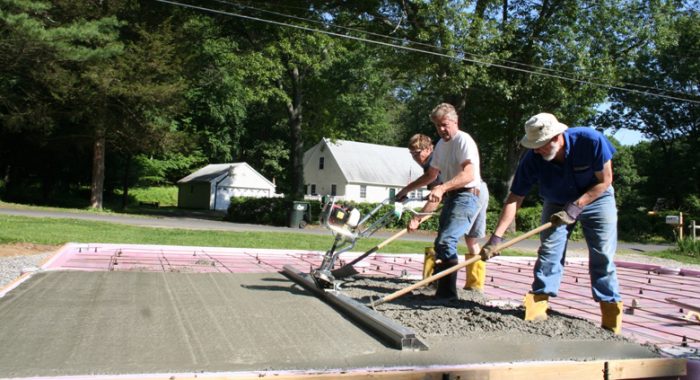
Concrete is one of the most versatile construction materials you can work with, used to form footings, foundation walls, slabs, walkways, and more. In this introductory chapter, you’ll learn how to choose the right concrete mix, whether by the bag or the truckload, and how to mix concrete by hand. We’ll give our recommendations for tools for working with concrete or masonry—don’t worry, most of them are relatively inexpensive or can be rented. And to get you ready for the larger projects ahead, the chapter ends with a video on how to form, pour, and finish a small concrete pad.
-
Building Foundations
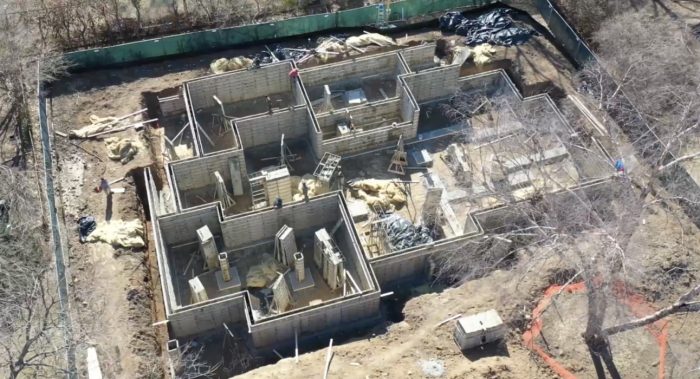
Every house should be built on a solid foundation, whether on a slab, a crawlspace, or a full basement. In this chapter, you’ll learn all you need to know about building a foundation, from forming and pouring footings and foundation walls to installing rebar and insulation. Beyond traditional foundations, we’ll also look at methods for building energy-efficient foundations, such as frost-protected shallow foundations and insulated concrete forms. And we’ll give you the lowdown on how to build a foundation using less concrete, both to cut construction costs and to minimize its environmental impact.
-
Waterproofing Foundations
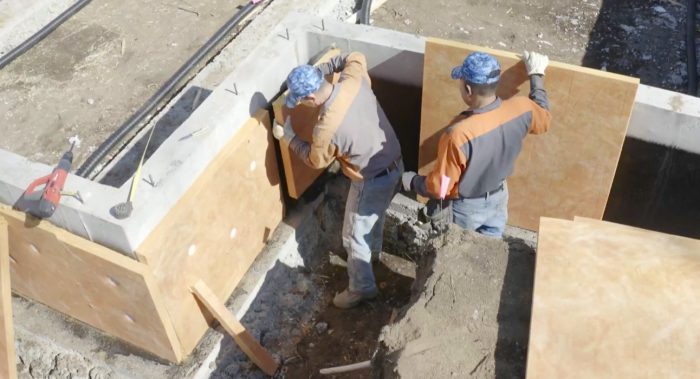
Waterproofing and dampproofing (yes, there is a difference) have come a long way from the days of simply spreading an asphalt coating on the foundation walls. Nowadays, there’s a whole range of specialized products for managing water infiltration, from dimple mats and drain boards to liquid-applied and peel-and-stick sheet membranes. We’ll walk you through the best options and also weigh the merits of exterior vs. interior waterproofing. In addition to waterproofing, below-grade perimeter drains and inground gutters combined with sensible site grading are effective ways to direct water away from the foundation.
-
Retrofits and Add-ons
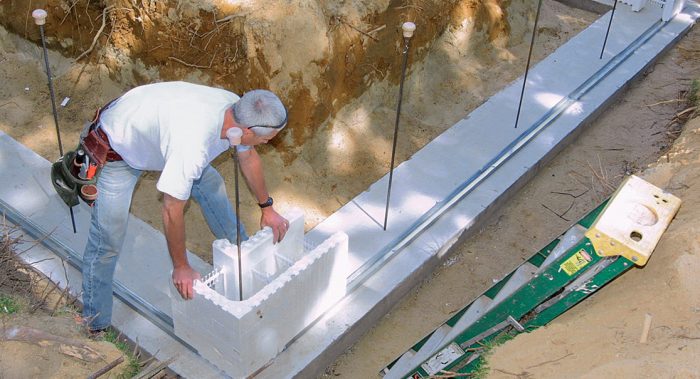
A new-house foundation and an addition foundation are two different things. With a new house, you start with an empty hole in the ground and everything is straight, square, plumb, and level. But with an addition foundation, the existing house and its foundation play a big part in molding your strategy, which can certainly complicate things. If foundation add-ons are tricky, retrofitting foundations and footings can be downright challenging. Don’t worry, you’ll find excellent pro-level advice here—as well as guidelines on dealing with cracked and damaged foundations.
-
Masonry in the Landscape
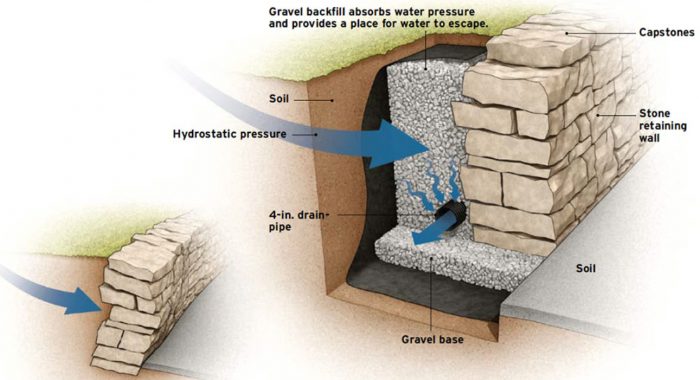
Outdoor spaces and structures are a great way to extend the living area of a home. In this chapter, you’ll learn how to create paths and places with walkways and patios: Featured projects include a flagstone walkway, a concrete-paver patio, a Belgian-block apron for a driveway, and a video series on building a concrete walkway. We’ll evaluate four different material choices for retaining walls, explore the traditional art of building a dry-stone wall, and wrap things up with a fieldstone fire-pit project, which is a great way to turn an unused portion of your backyard into a place for family and friends to enjoy.
-
Brick
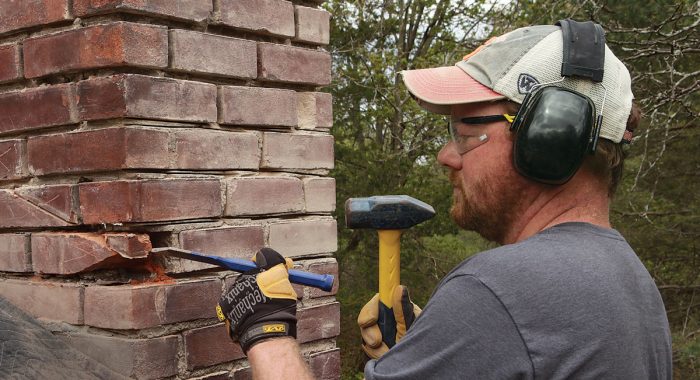
Brick is a versatile building material used on walls, chimneys, fireplaces, walkways, and more. In this final chapter, you’ll learn how to rebuild a brick chimney, follow along with second-generation stonemason Cody Macfie as he lays down a brick walkway, and watch a video on building a traditional-style Rumford fireplace. While brick is a dimensionally stable material that doesn’t rot or burn and never needs to be painted, it can crack under certain conditions. We’ll show you how to repair broken bricks, repoint mortar joints, and deal with white salt deposits on brick called efflorescence.
- Home Group
- Antique Trader
- Arts & Crafts Homes
- Bank Note Reporter
- Cabin Life
- Cuisine at Home
- Fine Gardening
- Fine Woodworking
- Green Building Advisor
- Garden Gate
- Horticulture
- Keep Craft Alive
- Log Home Living
- Military Trader/Vehicles
- Numismatic News
- Numismaster
- Old Cars Weekly
- Old House Journal
- Period Homes
- Popular Woodworking
- Script
- ShopNotes
- Sports Collectors Digest
- Threads
- Timber Home Living
- Traditional Building
- Woodsmith
- World Coin News
- Writer's Digest




